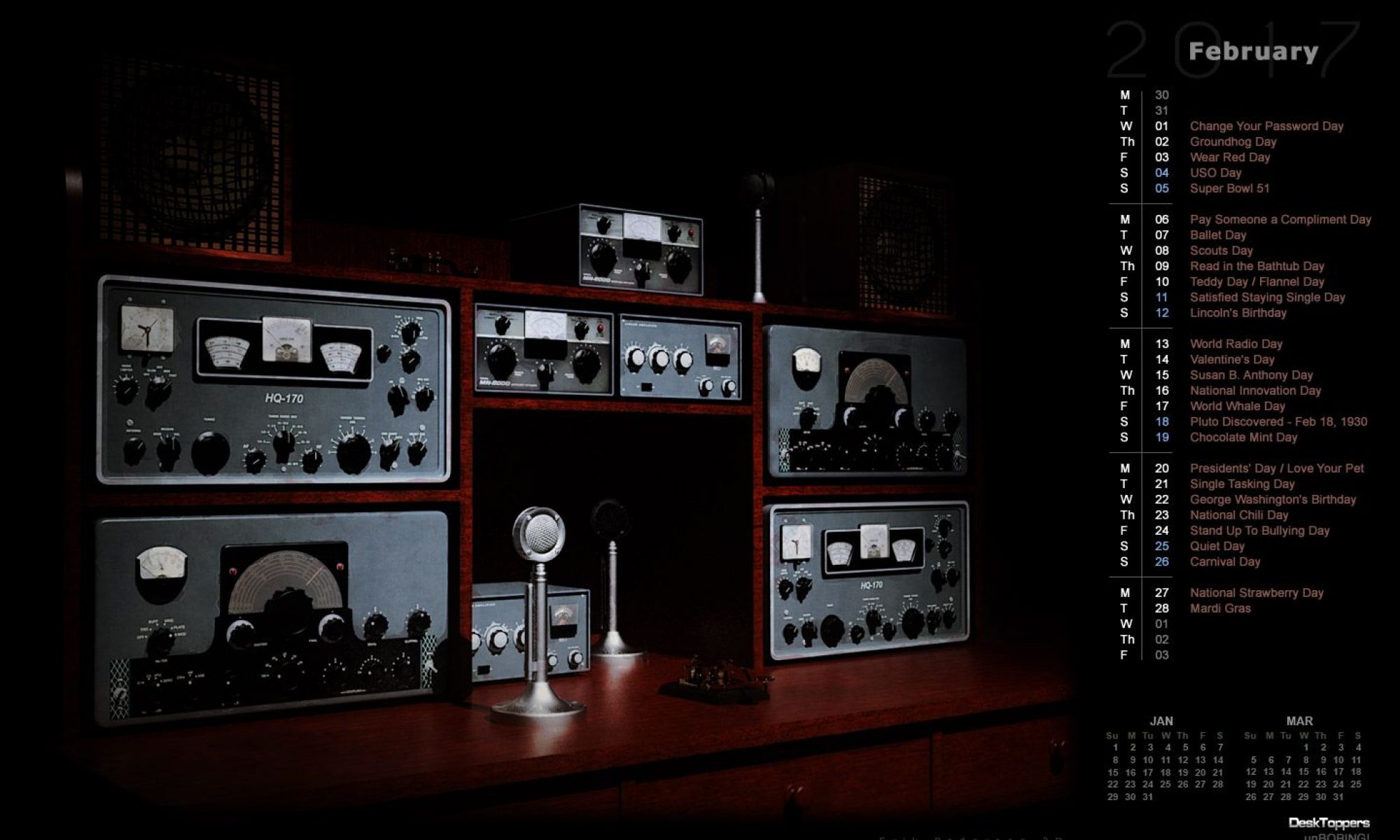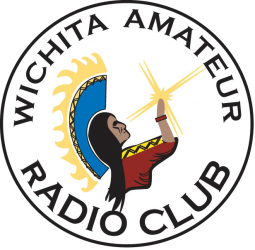MEETINGS:
The Wichita Amateur Radio Club meets at 6:30 PM on the first Wednesday of the month (except February). See the calendar for the location. In February, we hold an installation of officers dinner at a nice restaurant. The Board meets at 6:30 PM on the first Tuesday of the month. Board meetings are open to the public.
WEEKLY NET:
The club also provides the area with an on the air net every Sunday at 8:00 PM on the 146.85 repeater. All licensed operators are welcome to join us. This is an excellent opportunity for new Hams that are “mic shy” to get on the air.
ELMER:
You just passed your license test and asked yourself a question, “how do I use this radio.” That’s where an Elmer comes in. An “Elmer” is an experienced Ham that helps new operators learn the hobby. WARC is fortunate to have a few excellent Elmers–some of which have significant backgrounds in radio and electronics.
FIELD DAY:
In June every year, WARC participates in ARRL Field Day. This gives all amateurs an opportunity to operate on the High Frequency bands even though they may not have those operating privileges.

ARRL KIDS DAY:
WARC works with the staff at Exploration Place in January and June of each year to host ARRL Kids Day for the Wichita area. Youngsters visiting Exploration Place get a chance to get on the air and talk to both local amateurs and other Kids Day participants around the nation on the High Frequency bands.

FOX HUNTS:
Radio Direction Finding (RDF) (usually called Fox Hunt) is used to find sources of interference to any form of wireless electronic communications, including broadcast/two-way radio, television, and telephones. It is also used to track missing or stolen cars and other property. Search and rescue workers use it to find persons in distress. Emergency Locator Transmitters in downed aircraft are tracked with RDF techniques.
Hams use RDF to track jamming stations and stolen equipment, but more often, they use it just for fun. Hidden transmitter hunting has been done by hams for about 50 years and it is a growing activity. T-hunting refers specifically to hunts involving hams driving in RDF-equipped vehicles. A mobile T-hunt is best described as hide-and-seek for all ages with radio gear. When you set out on a T-hunt, you never know where you’ll end up, and you have no idea what you’re going to find. No form of ham radio contesting is more fun! Mobile T-hunting is done in cities and towns all over the USA, and elsewhere.
Mobile T-hunting is called fox hunting in some parts of the USA, but everywhere else in the world, the terms “fox hunting” and RDF refer to another kind of RDF contest, done completely on foot in large woods and parks. It’s a map-and-compass sport similar to orienteering, with about a half-dozen “fox” transmitters to find in a period of two hours or so. Someday this sport, which is also called foxtailing, fox-teering and radio-orienteering, may become an Olympic event. Meanwhile, it’s a fun-filled activity for your hamfests and Scout Jamborees.
We don’t have regularly scheduled events. When there is enough interest, we’ll schedule one.
They will be held somewhere on 2 meter FM and in Sedgwick County. All you need is a vehicle, map, compass, and a radio receiver. Since you won’t be transmitting, you don’t need a license to participate. The hidden transmitter will be within 100 feet of access by a standard passenger car, so no worries about disabilities.
Scaled down versions are great for children. They are conducted on foot in a large park. Kids of all ages enjoy finding the hidden transmitter using nothing more than a receiver and an antenna.
Check out the tape measure antenna at the Derby Radio Shack.



